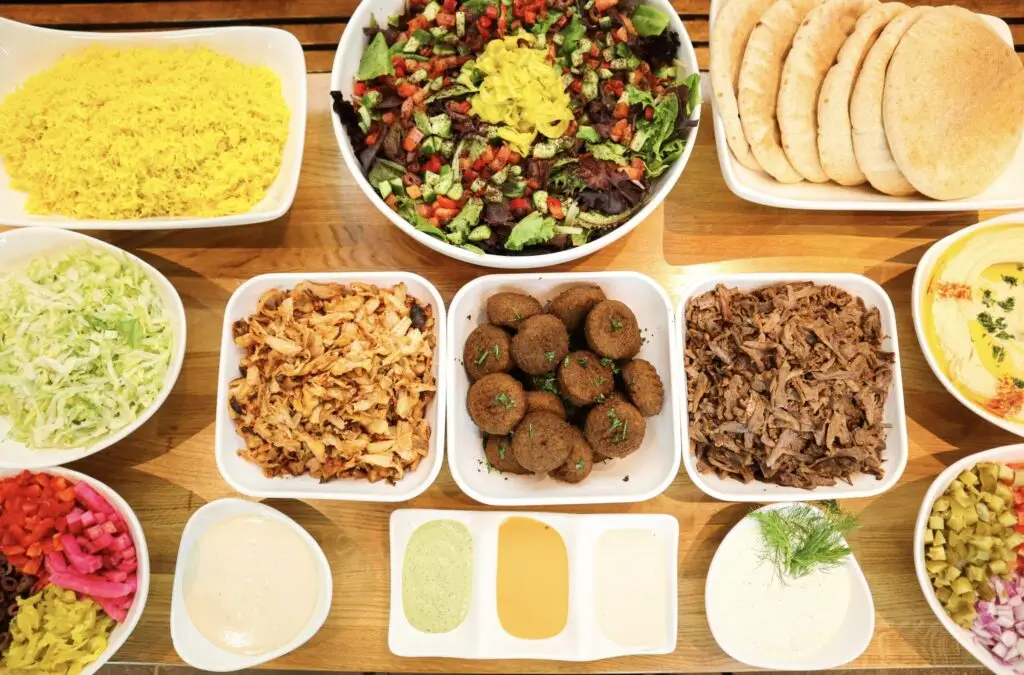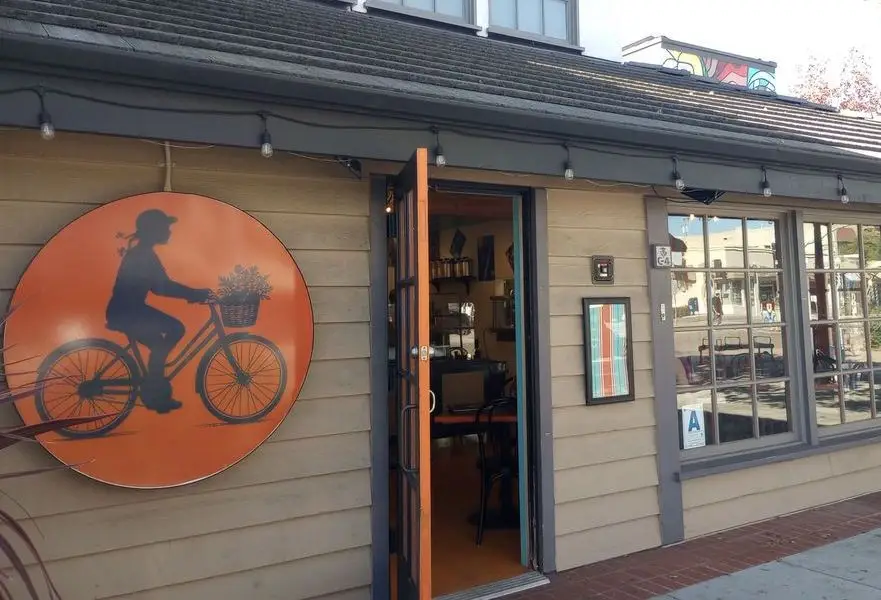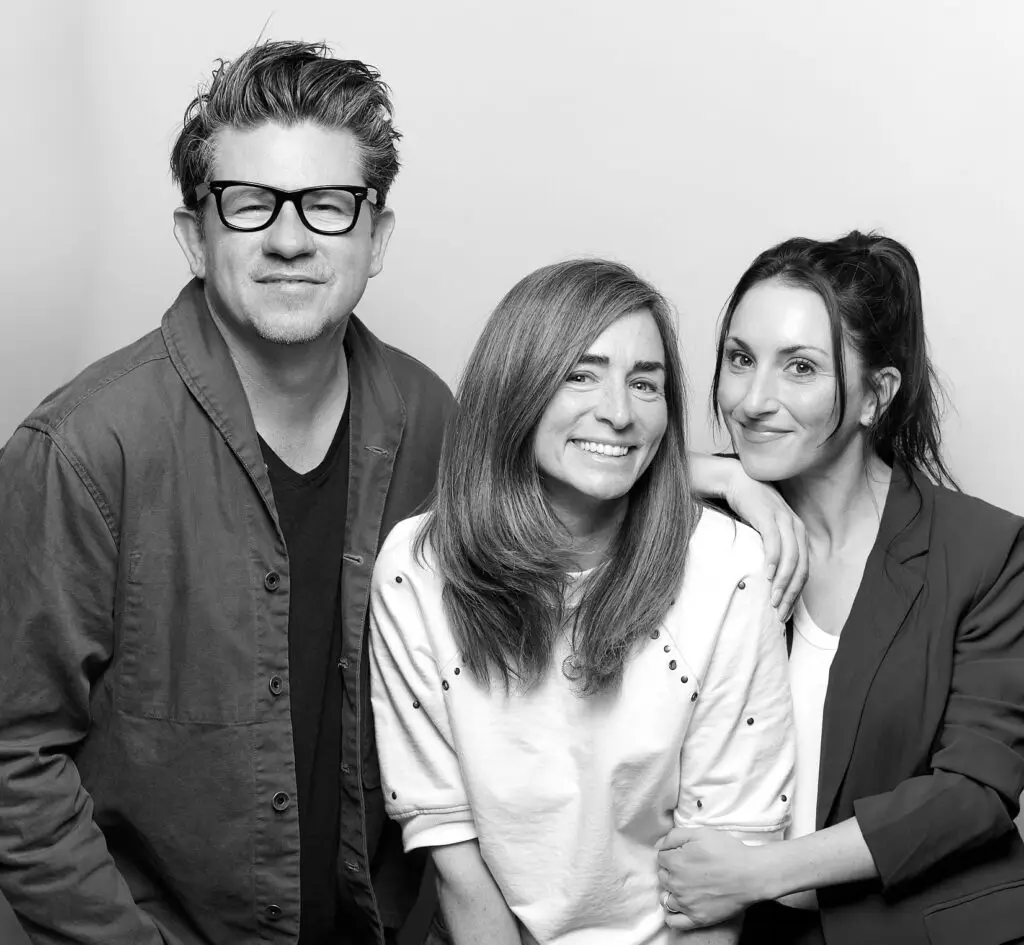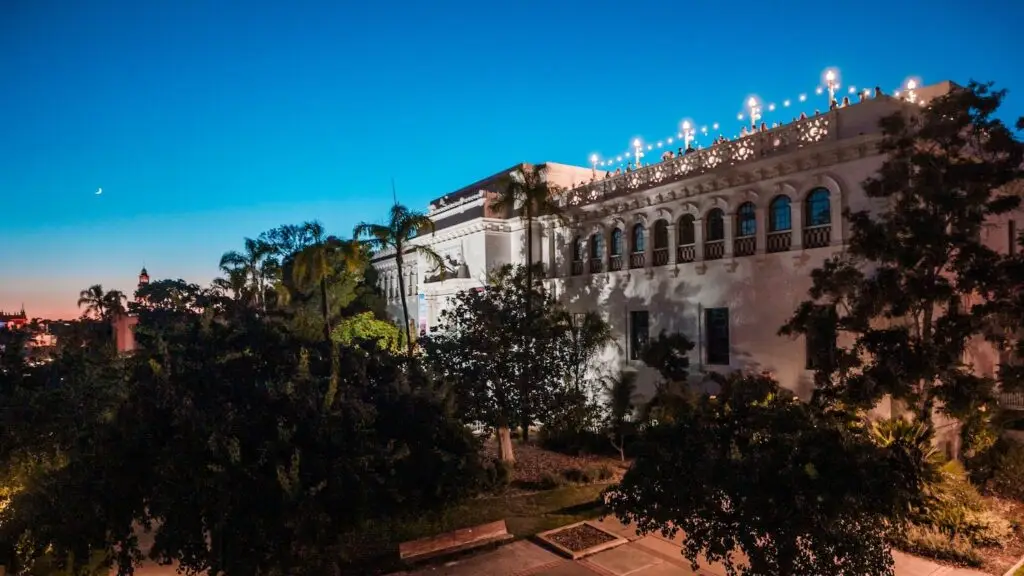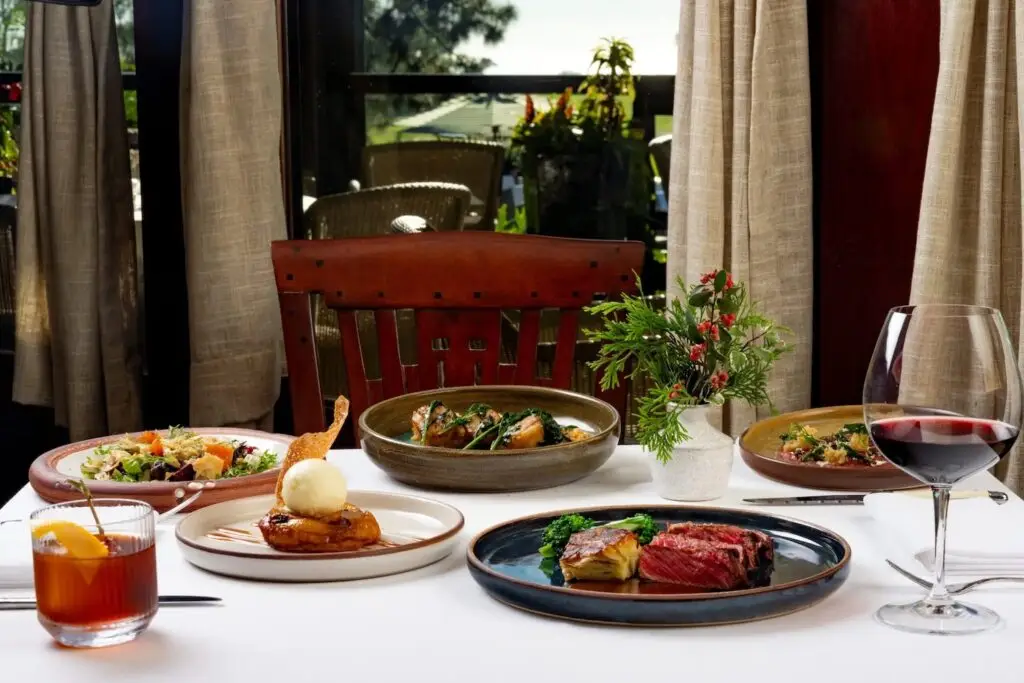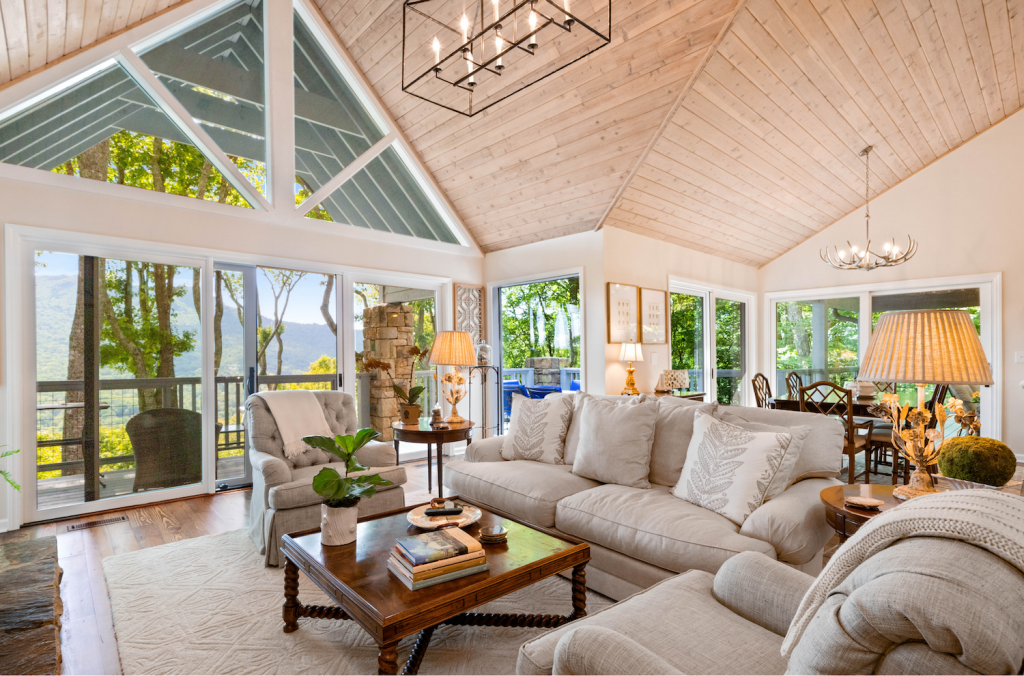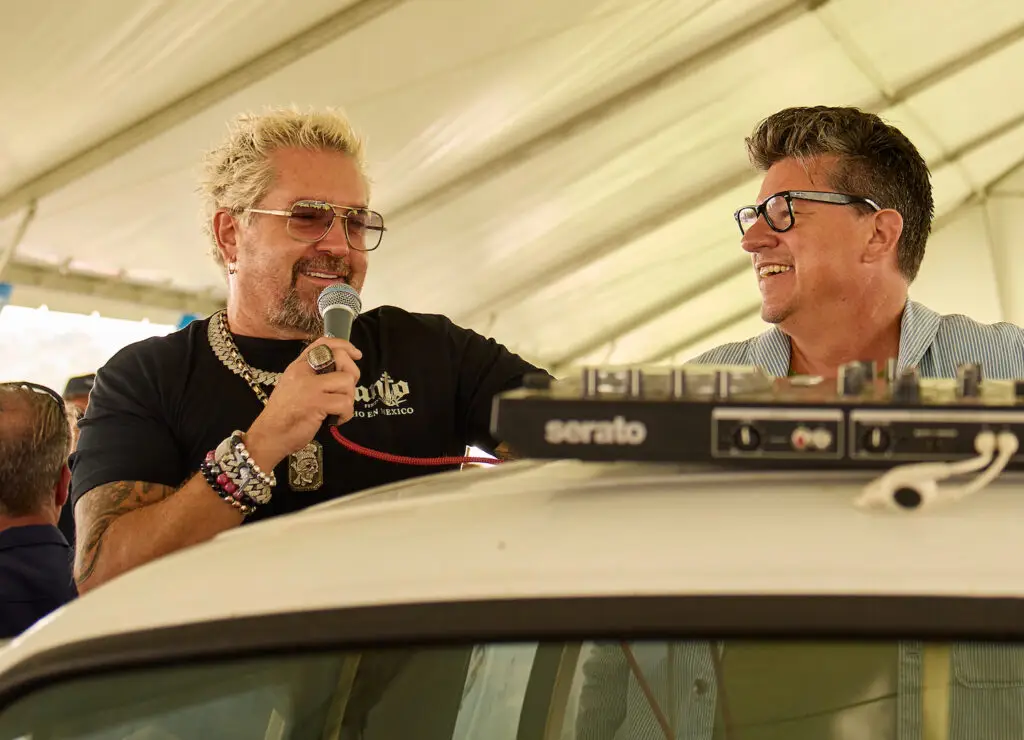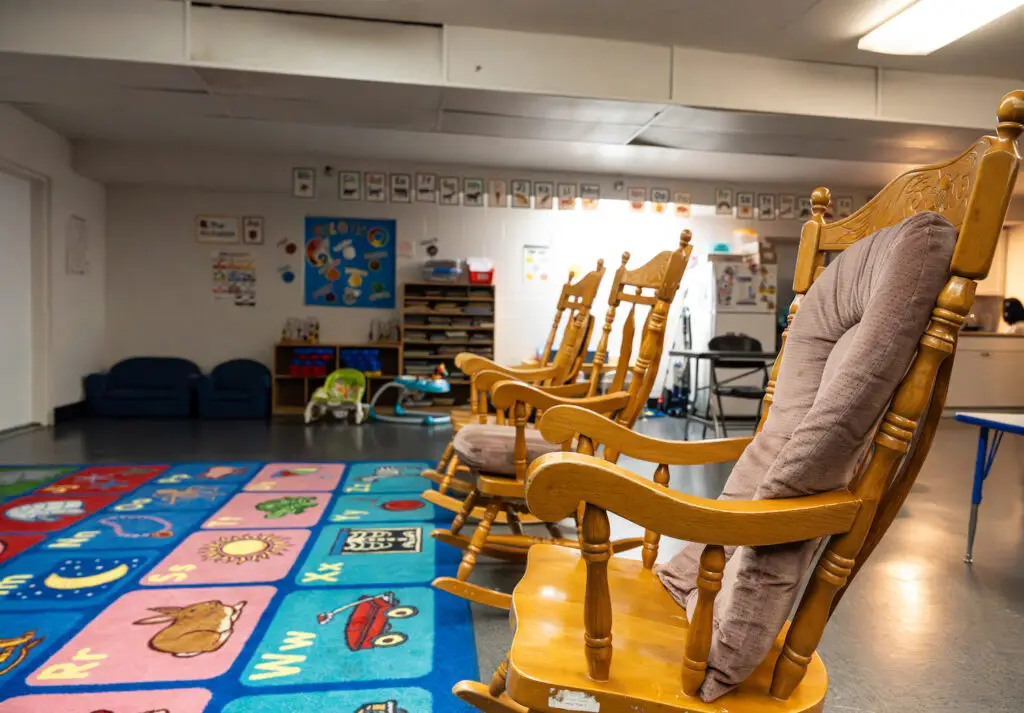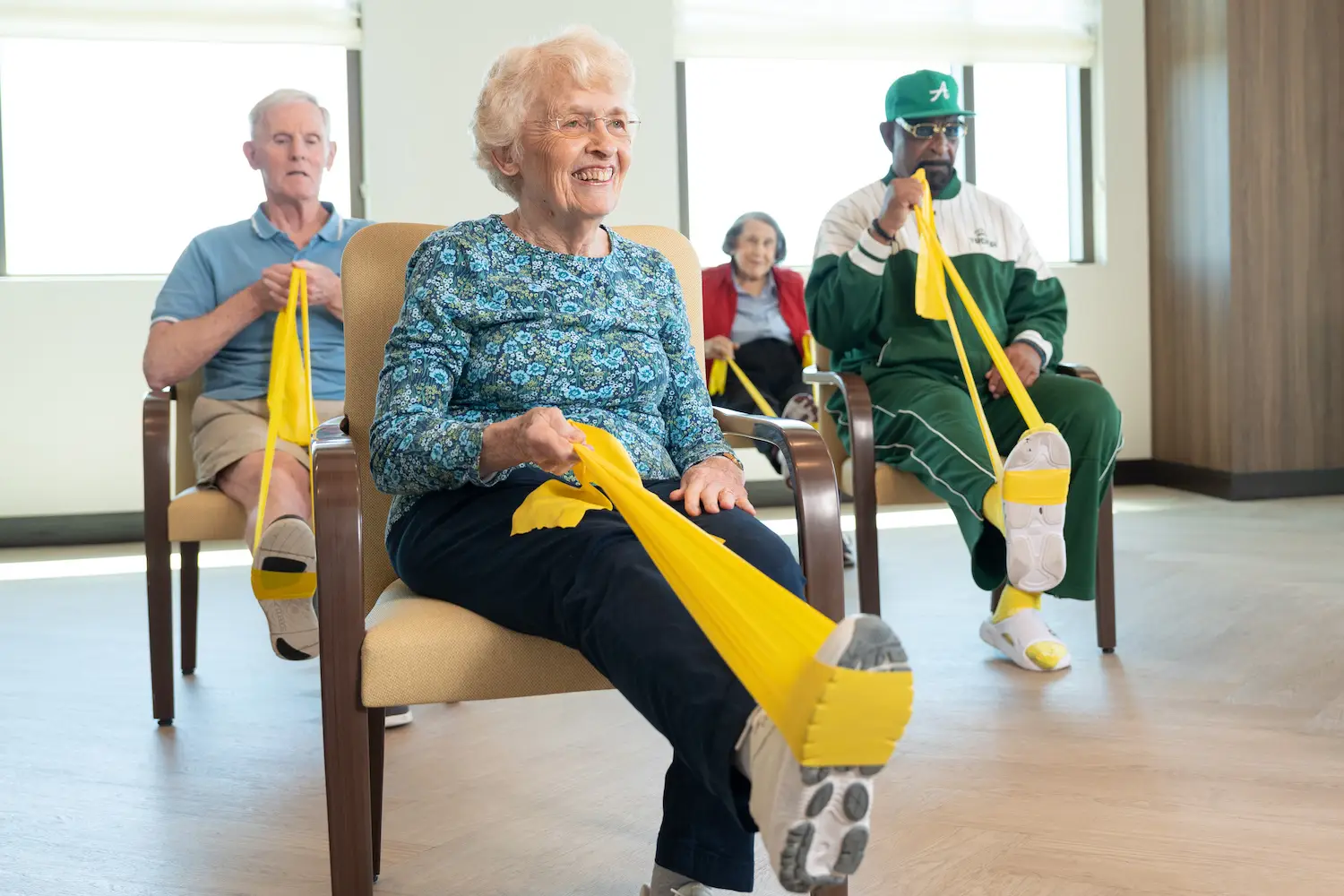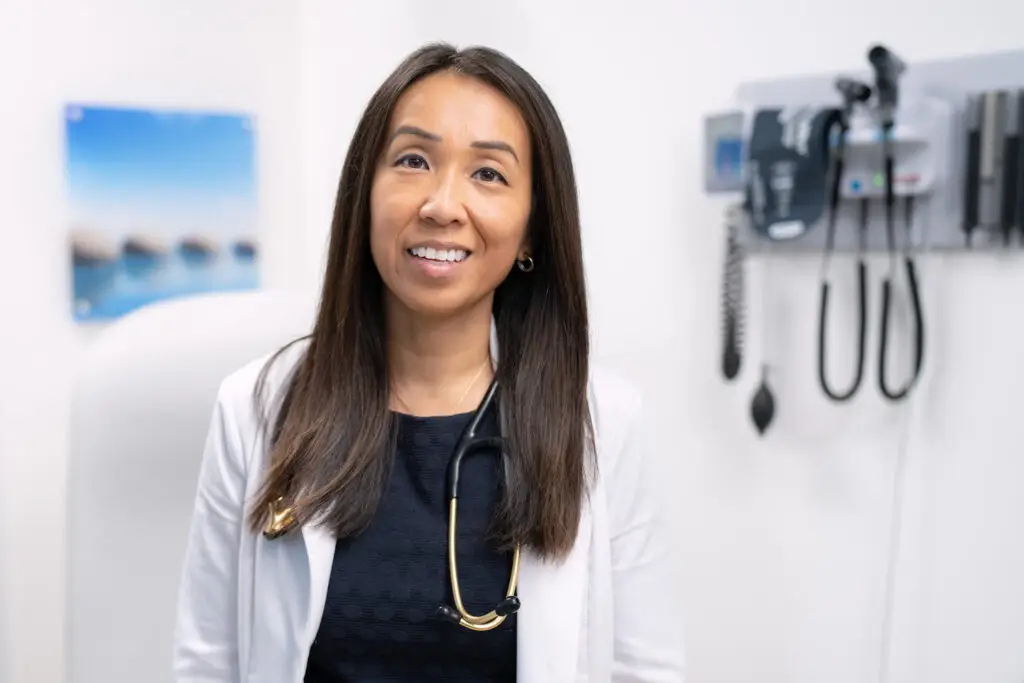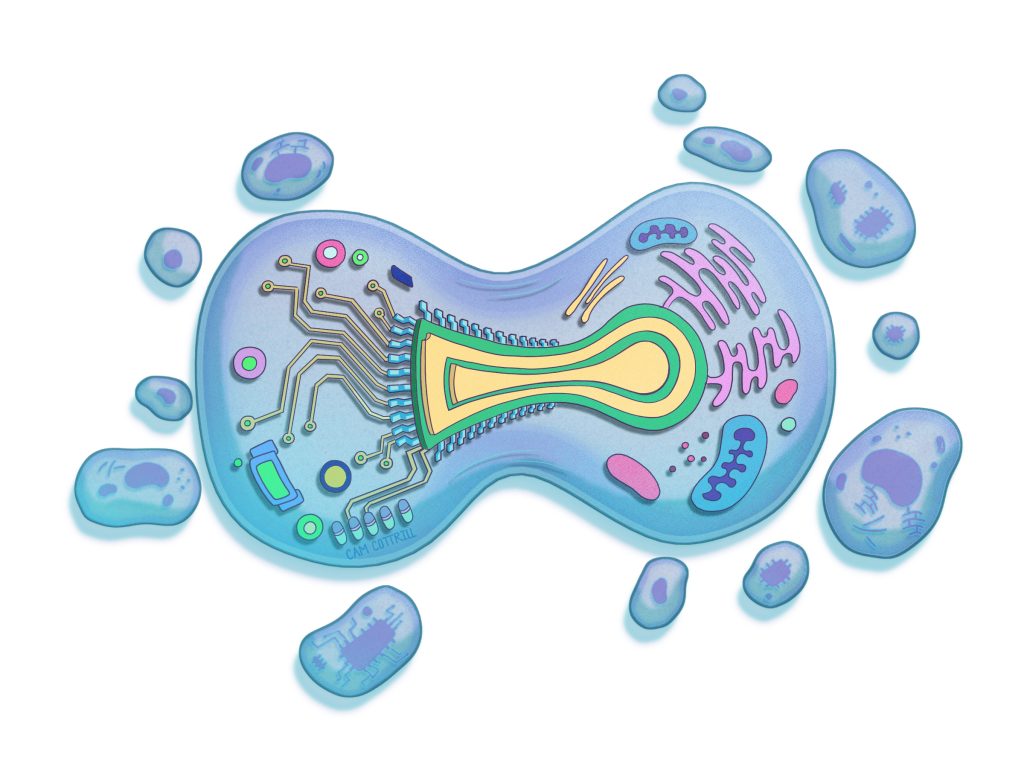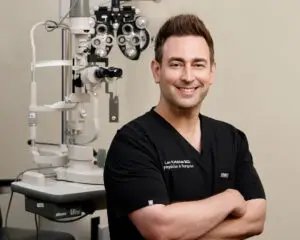Early on a Saturday morning, the surf at La Jolla Cove is dotted with swimmers slicing through the Pacific in steady strokes. On the steps above, a group of retirees laughs through a bodyweight circuit, while hikers gather at Torrey Pines to start their sunrise trek. And a mile inland, scientists are decoding the biology of aging, zeroing in on everything from gene expression to mitochondrial function. This is where the future of aging is being written.
All of these things combine to make San Diego one of the nation’s top-ranking cities for life expectancy—over 83 years on average, according to the CDC. But it’s the research being done here that is changing the ways we understand humans’ ability to live both longer and healthier. Across labs and clinics, the city’s growing coalition of researchers is turning the region into a proving ground for the next era of aging science, one rooted not in fantasies of immortality but in the pragmatic pursuit of vitality.
“San Diego is way ahead when it comes to longevity,” says Satchin Panda, PhD, director of the Regulatory Biology Laboratory at the Salk Institute. “We have the ideal climate, a health-conscious population, and a community that’s curious. That makes it easier to study what works in real life, not just in the lab.”
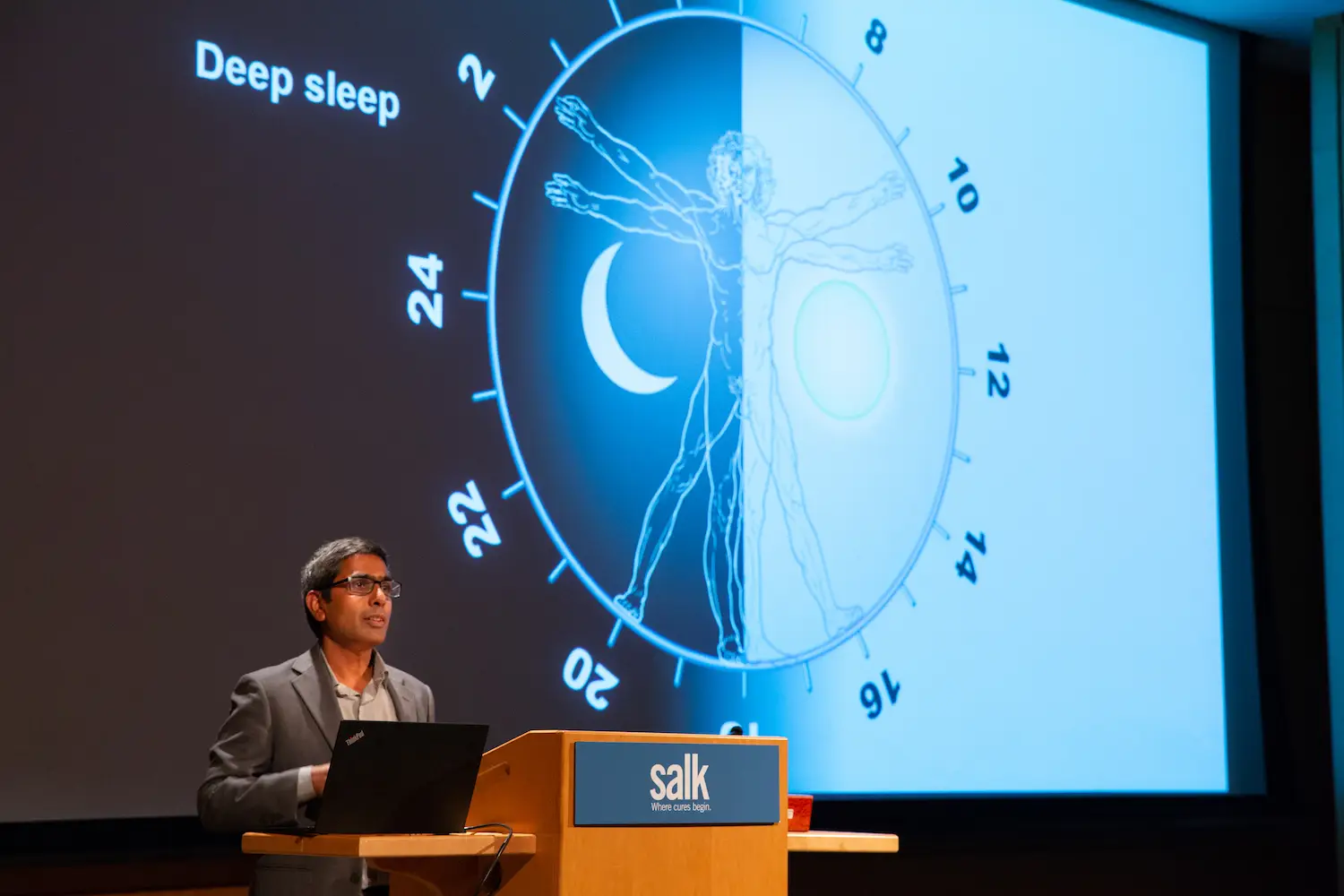
Dr. Satchin Panda’s research has shown that eating within a 10-hour window can have dramatic positive health consequences.
This culture of curiosity has cultivated fertile ground for world-class research and record-breaking investment. In 2023 alone, the region secured $1.23 billion in National Institutes of Health funding, ranking fourth in the nation, and its life science companies raised $6.8 billion in venture capital, the highest per-capita investment in the US. With local institutions like Salk, UCSD, Scripps, and Sanford Burnham Prebys driving collaboration, discovery moves fast.
Panda is known for work that connects everyday habits with scientific discovery. “Most aging research focuses on what to eat,” Panda says, “but our lab has shown that when you eat can shape expression of the human genome.” He’s discovered that eating within a consistent 10-hour window doesn’t just help with weight management, it also improves sleep, blood pressure, and even emotional well-being. His work, funded in part by local philanthropists and tested in everyday settings from firefighters’ kitchens to family homes, has helped catapult time-restricted eating into mainstream longevity conversations. “Just changing the timing of food can orchestrate thousands of genes, syncing the body like a finely tuned symphony,” he adds.
He often conducts his studies in collaboration with first responders. “We worked with the San Diego Fire Department to study eating windows for shift workers. These are people with some of the toughest health stressors, and yet the results were striking,” Panda says. When they ate within a 10-hour window, they reduced their risk for chronic disease and even cancer without changing what they ate.
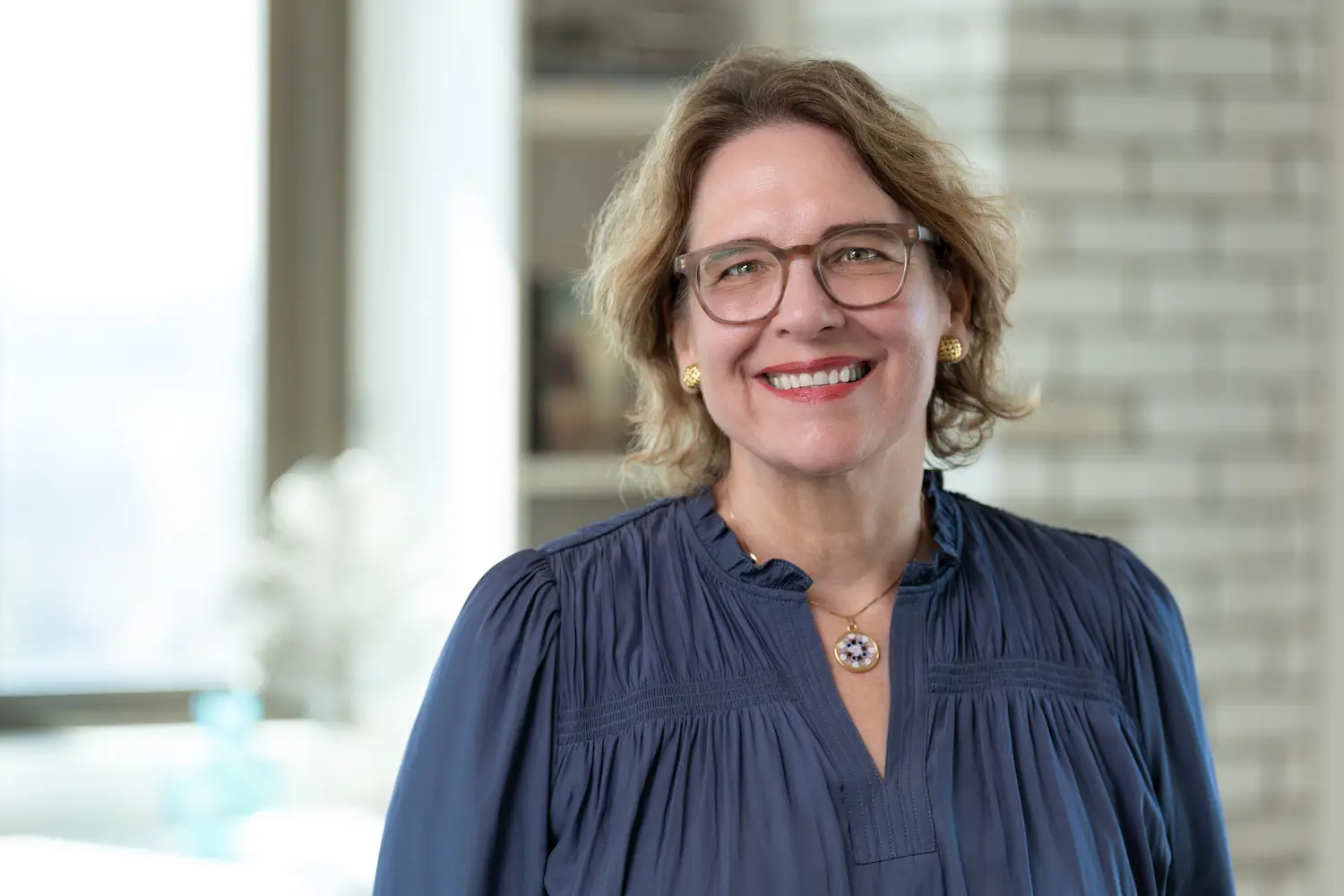
Alison A. Moore, MD; MPH
This kind of actionable science is what San Diego does best. “We are seeing more research on the drivers of healthy aging across biological, behavioral, social, and environmental domains,” says Alison A. Moore, MD; MPH; chief of geriatrics, gerontology, and palliative care; and director of UC San Diego’s Stein Institute for Research on Aging. Moore has spent her career understanding how people can age not just longer but better. She notes that exercise, diet, sleep, and social engagement consistently stand out as key factors.
“San Diego’s geographic and demographic diversity, enriched by our proximity to Mexico, offers a rare chance to study aging across rural, urban, and suburban communities, including groups often left out of biomedical research,” Moore says. “The insights we gain here have the potential to shape how healthy aging is understood worldwide.”
The Stein Institute’s initiatives— like the SAGE longitudinal study, which follows older adults over decades to reveal patterns in health and resilience, and the Living Lab at Belmont Village in La Jolla, a community-based hub where senior residents partner with researchers to study aging in daily life—provide ongoing insights into how real people navigate aging. “Our geroscience clinical research facility now lets us test promising interventions with cutting-edge biomarkers and rigorous clinical trials,” Moore says. “We’re finally in a position to see what truly works and what doesn’t.” At the Living Lab, that means working directly with residents to observe how factors such as diet, exercise, and social connection influence aging outside the clinic.
UCSD has partnered with local artists and medical students, exploring how creativity and empathy influence age-related stigma. The institute teamed up with the Museum of Contemporary Art San Diego on a project to enhance arts education for older adults, reduce ageism in museums through larger-print and audio guides, and teach medical students empathy through art. “We want the science to meet people where they are, in their homes, their communities, their stories,” Moore adds.
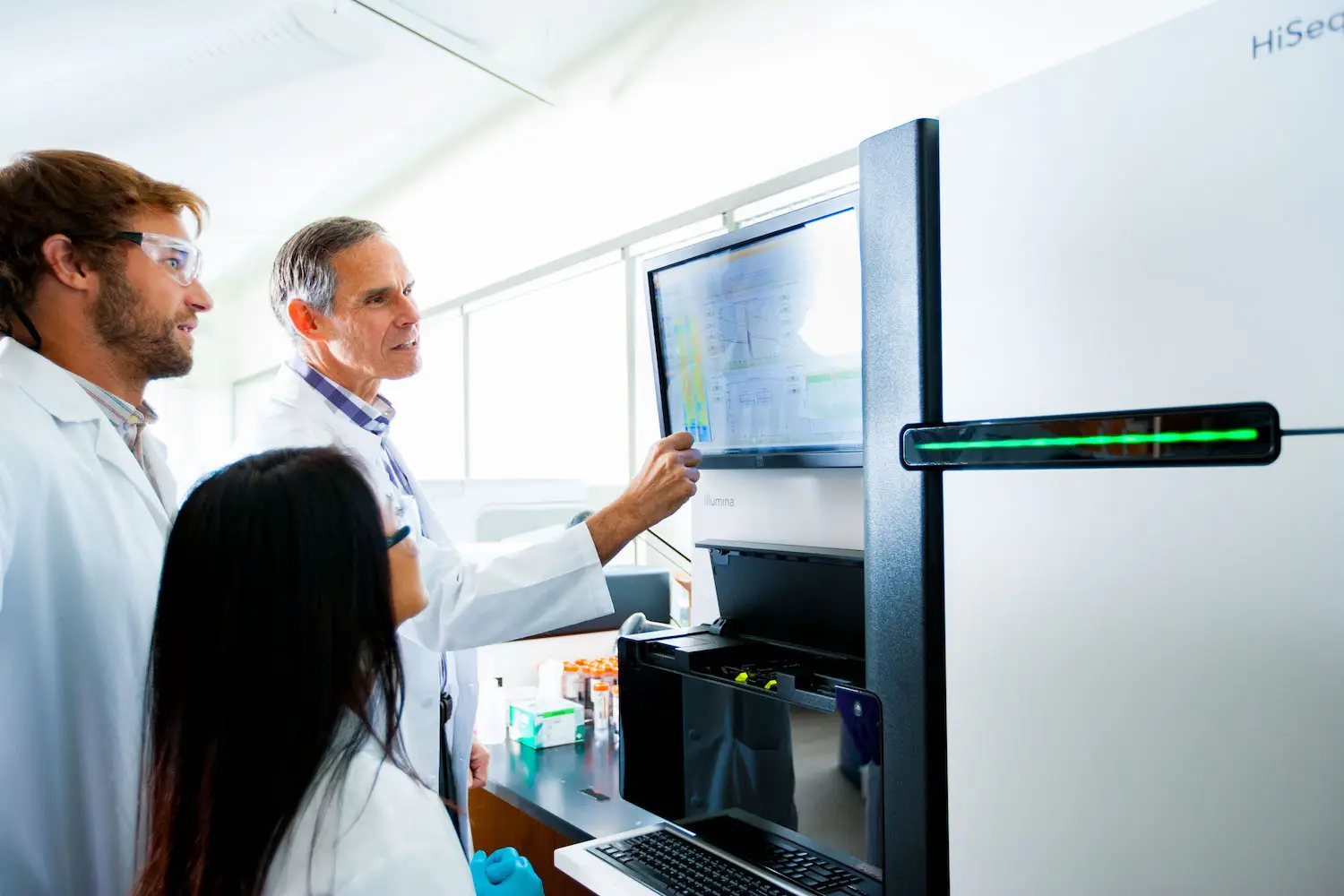
Dr. Eric Topol (in blue gingham) studies “SuperAgers,” older adults in exceptionally good health. He’s found that factors like sleep and socializing are key to aging well.
On the forefront of tech-driven aging solutions is cardiologist Dr. Eric Topol, the founder and director of the Scripps Research Translational Institute. He points to rapid advances in AI, proteomics (the large-scale study of proteins and their role in health and disease), and aging clocks as “a new frontier for preventing age-related diseases like Alzheimer’s, cancer, and heart disease before they even manifest.”
Topol emphasizes that lifestyle remains foundational. His research on “SuperAgers,” older adults who maintain exceptional physical and cognitive health, underscores that factors such as quality sleep, avoiding ultra-processed foods, social engagement, and daily time in nature are “powerful, proven levers for extending healthspan, [the period of our lives where we’re free from disability and chronic disease],” he says. “The science of aging is evolving fast, but the strongest evidence still comes from how we live our daily lives.”
Though, soon, it may be possible for us to turn back the clocks. Daniel Oliver, co-founder and CEO of Rejuvenate Bio, is one of the entrepreneurs pushing the healthspan frontier. His company is using gene therapy to target the root causes of aging-related diseases. “We’re looking at how we can reprogram cells to behave like they did in youth,” he explains. “The idea is to treat aging at the molecular level, reversing the aging state and rejuvenating the tissue.”
Rejuvenate Bio’s animal studies have shown promising results in reversing heart failure and diabetes in dogs. The company’s human clinical trials are expected to launch soon. “Dogs are a great model for humans: They share our environments and our diseases, and they age faster than humans,” Oliver says. “It’s like watching a decade of biology in just a couple of years.”
PARTNER CONTENT
All this innovation is rooted in a broader cultural ethos. In San Diego, longevity isn’t a niche pursuit, it’s a way of life. UCSD’s community lectures on aging draw national audiences, and the Gerontology Research Collaborative connects scientists and locals alike. “I see so many San Diegans engaging in exercise and exploring nature, the arts, and technology,” Moore says. “We’re fortunate to live in a place where the weather and community make it easier to stay active and connected.”
That fortune, it turns out, extends beyond geography. In a city where discovery and daily existence continually shape one another, longevity doesn’t just mean adding years to our time on Earth. It means living them with joy, intention, and the belief that our best days are still ahead.
